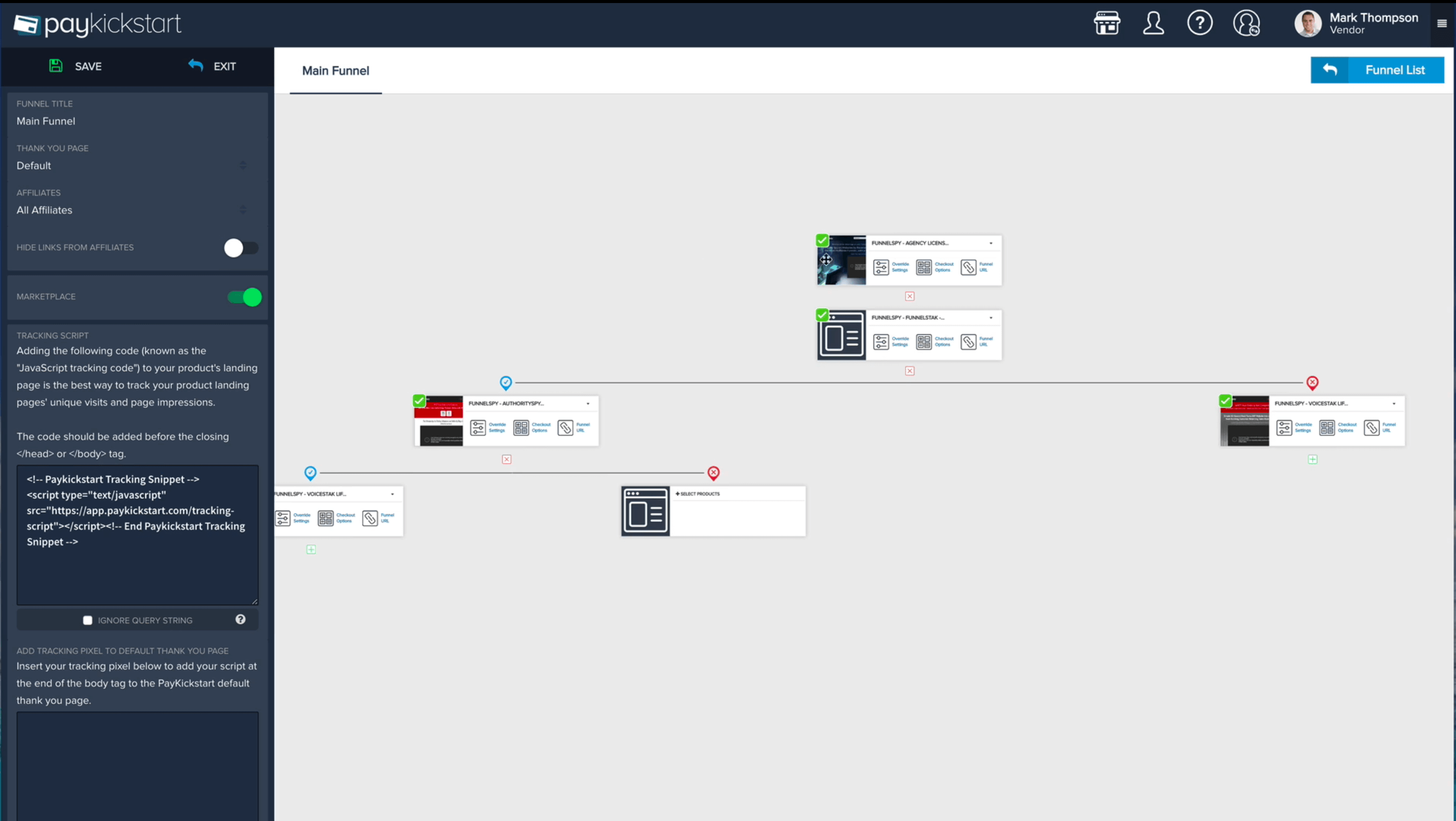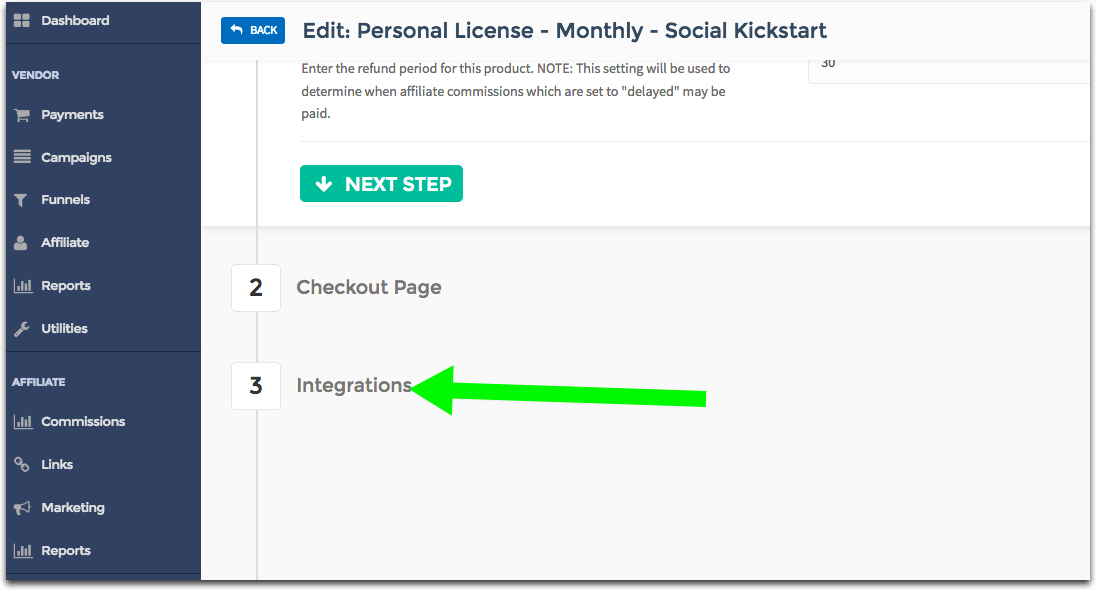Subscription growth hack (by PayKickstart)
Facebook Group - 3,932 members
Visit Group
A product page is probably the most important page on your website. Whether you are selling actual products or offering access to your membership, you want your “money” page to both rank and convert!
Here are 5 elements of a product page that both give your keywords prominence (boosting organic rankings) and help increase conversions.
Note this article tackles page elements that impact both organic rankings and conversions. For product page elements that boost conversions, refer to this article on critical elements for any upsell page to help sell more stuff.
Write your product description with your target customer in mind. Use H3/H2 subheads to break the text in meaningful sections and make it easier to skim through. Make it clear why anyone would want to buy it.

Good product description is
When it comes to #3 above, use TextOptimizer is a helpful tool that can streamline the content creation process by analyzing Google’s SERPs for each query and helping you match your content to Google’s expectations.
The logic is simple: Google already matches its search snippets to what they think satisfies each query best. TextOptimizer takes those Google’s snippets (i.e. its editorial decisions) and shows what other related terms Google expects to see on a high-ranking page:

Here are all the important terms TextOptimizer identified as those that need to be added to the landing page to better match the query.
Now, create your product page copy with those terms in mind.
Depending on what it is you are selling, there are different types of schema.org types you need to use to get additional exposure in search. For example, for books you can specify the author, image, book format (hardcover, ebook, audiobook, etc.), date published, the price, etc., and that will get you in “Get book” results in Google:

To make your life easier, here are schema.org types that are currently supported by Google and which you can use within your product description section to enhance your organic Google presence:
| Product type | What can be included in schema.org | How does it drive more exposure | Notes (or screenshots) |
| Course | Course name & description, provider (organization), curriculum (list of lessons or modules) | Shows a list of lessons / lectures underneath your course name in search (attracting more click-through) |  |
| Event | Place (if it’s not virtual), ticket price, date, image, event name | May be vary, but in most cases you’ll have additional links in your search snippets to upcoming events (more click-through) |  |
| Book | Author, book format (hardcover, ebook, audiobook, etc.), date published, price, language etc. | Show up in “Get book” results in Google | Currently only available to registered book sellers. Apply here if your site sells many book and you want to participate |
| Any | Offer: Product price, product offers, availability | Shows your product availability and / or your special deal or price range |  |
Many content management systems can manage schema automatically. Wix is one option. Here’s a Wix promo code to help.

It’s important to group your keywords before you come up with your page titles to capture more than one keyword opportunity in it.

Finally, adding title tags and meta descriptions takes just a few minutes of your time, so don’t overlook this step!
Here’s how images often show up in Google’s general results:

For maximum organic visibility, use a product schema page for your images for Google to create more commercial context for your images in search:



Shopify offers a few great apps allowing you to easily implement social proof on your landing page.
Amazon is a good example of bundling products together in a most meaningful way (based on past customer experiences):

Videos are important for increased organic visibility and conversions. You do need high-quality video content for it to work which requires some effort and budget, that’s why I am including it at the end of the list for you to get your priorities right.

Your product page is not the end of your sales funnel: In most cases, it’s just the beginning. So make sure to think the whole process over not to lose those conversions.
PayKickStart allows you to visualize and thoroughly plan your sales funnels:

Learn how to set up an effective sales funnels with PayKickStart here.
Now that you have your perfect product page created, start collecting your performance data to be able to identify how well you did. There are lots of ways to do that and they can be integrated into PayKickStart.
You can integrate PayKickStart with Google Analytics and Facebook Insights as well as add any third-party tracking code by going to Campaigns -> Edit Project and there Integrations:

Here you can add a tracking code so you can track sales conversions with third-party scripts:

PayKickStart also integrates with ChartMogul allowing you to track your SaaS conversions:

Finally, the more customers you bring on, the more insight you’ll collect on your perfect buyer and what works best for them.
PayKickStart Demographics collects the data about your customers segmenting your userbase by Gender, Age, Location, Language, Job title, social profiles and interests for you to be able to:

Further reading: Does Your Sales Message Match Your Actual Target Audience?
Do you have your own ideas of what a perfectly-optimized and well-performing web page should look like? Let us know in the comments!
Ann Smarty is the Brand Manager at Internet Marketing Ninjas, as well as co-founder of Viral Content Bee. Ann has been into Internet Marketing for over a decade, she is the former Editor-in-Chief of Search Engine Journal and contributor to prominent search and social blogs including Small Biz Trends and Mashable. Ann is also the frequent speaker at Pubcon and the host of a weekly Twitter chat #vcbuzz
Read More About Ann Smarty